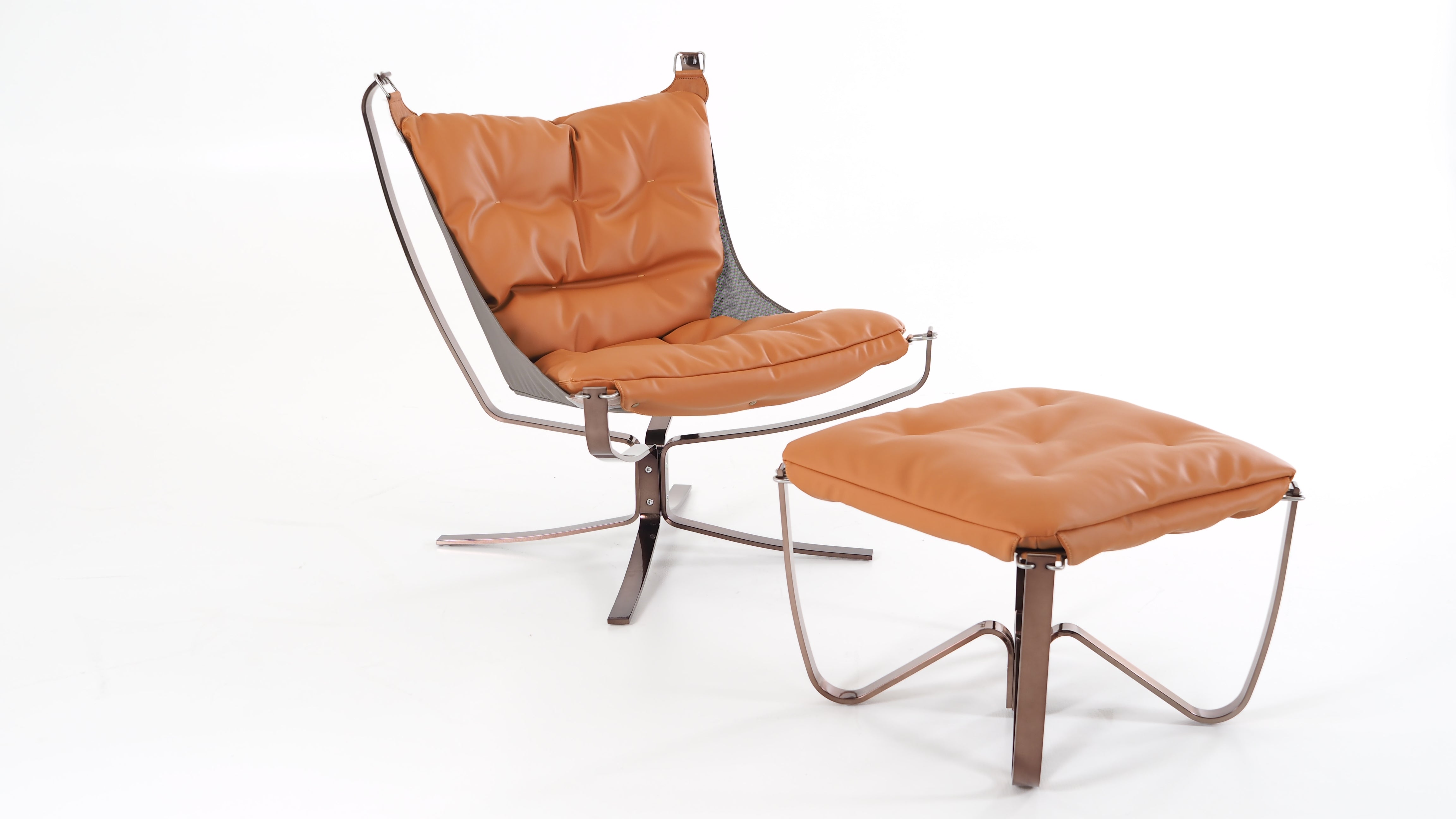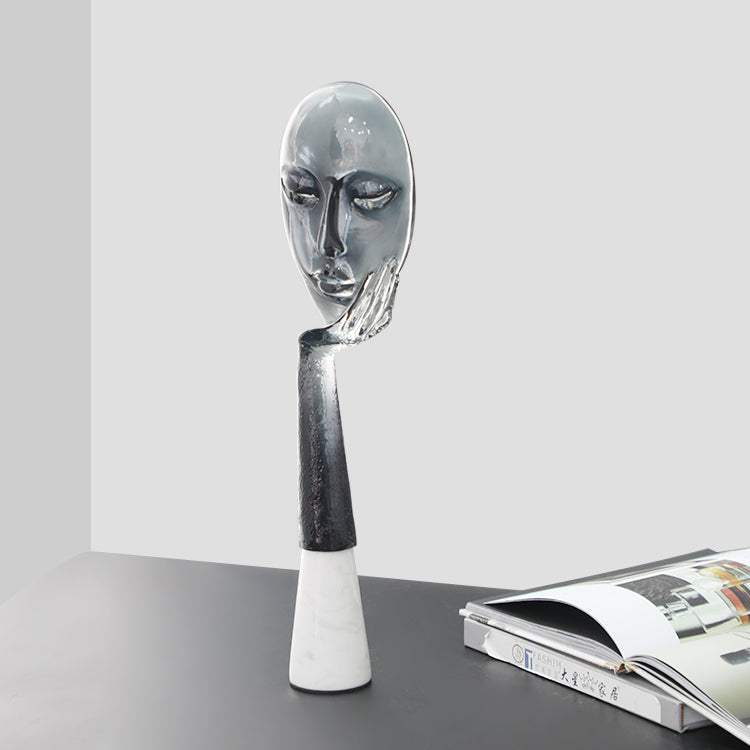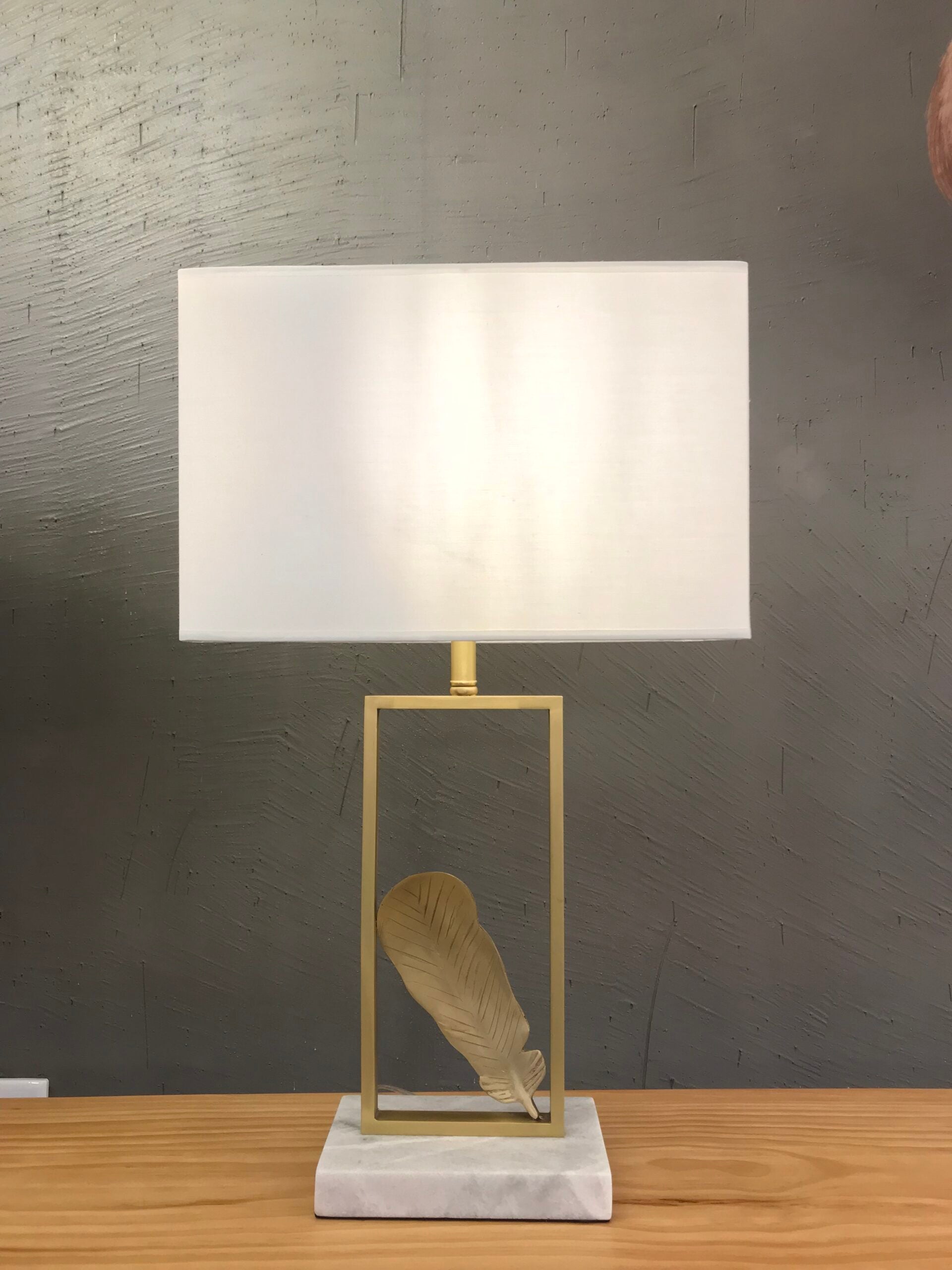Should Dining Chairs Be Lighter or Darker Than the Table? Tips for Mixing and Matching
When designing a dining room, one of the most important decisions revolves around choosing the perfect dining chair and table combination. The contrast between lighter and darker dining chairs can set the tone for the room’s ambiance. Whether you’re creating a classic, cohesive look or a bold, eclectic vibe, this guide explores the pros and cons of lighter versus darker chairs and how to mix and match them to create a balanced design.
Why Mix and Match Dining Chairs?
Gone are the days of uniform dining sets. Mixing and matching dining chairs offers many benefits, including:
-
Visual Interest: Create dynamic contrasts with lighter and darker tones.
-
Flexibility: Adapt to changing trends by choosing different chair styles.
-
Showcases Personality: Infuse your unique style into the room with varied chair designs.
-
Practicality: Choose chairs with specific functions for added comfort or space-saving.
Guidelines for Mixing and Matching Dining Chairs
Successfully mixing dining chairs is about more than just choosing random pieces; it's about creating cohesion. Here’s how to do it:
-
Establish a Focal Point: Decide whether the table, chairs, or overall design will be the focal point.
-
Consider the Room’s Lighting: Light can affect how chair colors appear, making darker chairs stand out or lighter ones brighten up the space.
-
Maintain Balance and Proportion: Match the weight and style of your table with the right chairs to avoid overpowering the space.
-
Stick to a Consistent Theme: Whether you go rustic or modern, ensure a cohesive look by maintaining a common theme through colors or materials.
Balancing Color Palettes and Textures
A well-balanced color scheme and texture play can elevate the look of your dining space:
Color Coordination
-
Contrast Creates Impact: Bold contrasts, like a light oak table with dark chairs, create a striking look.
-
Monochromatic Palette: Stick to varying shades of the same color for a sophisticated, cohesive design.
-
Complementary Colors: Pair warm-toned tables with cool-toned chairs and vice versa.
-
Accent Colors: Add vibrancy with colorful cushions or upholstery.
Texture Play
-
Wood and Upholstery: Mix solid wood tables with fabric-upholstered chairs for warmth and comfort.
-
Matte and Glossy Finishes: Contrast finishes like matte tables and glossy chairs for added dimension.
-
Natural and Industrial Elements: Combine wood with metal or plastic for an eclectic yet harmonious vibe.
-
Patterned and Solid Designs: Pair intricate tables with simple chairs or vice versa for visual balance.
Conclusion
The decision of whether dining chairs should be lighter or darker than the table depends on your personal style and the overall aesthetic of the room. Lighter chairs create an airy, open space, while darker chairs add sophistication. By carefully considering factors like lighting, balance, and color coordination, you can craft a dining room that reflects your style and provides both functionality and beauty.




